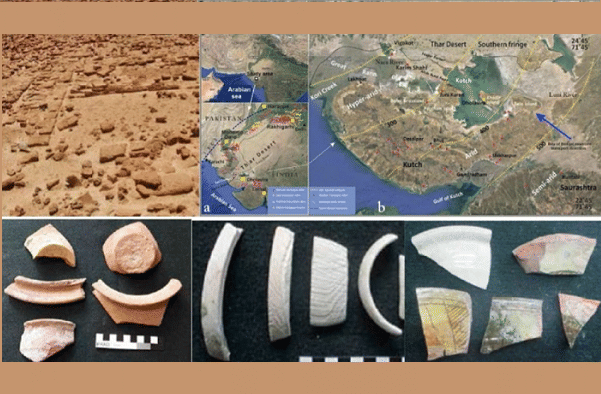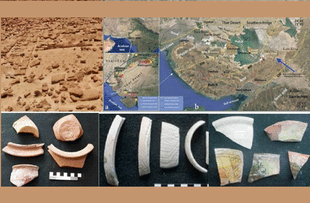Insta
Gujarat: IIT Kharagpur Researchers Unearth 3000-Year-Old Iron Age Evidence In Karim Shahi Region
Swarajya Staff
Nov 24, 2019, 12:59 PM | Updated 12:59 PM IST
Save & read from anywhere!
Bookmark stories for easy access on any device or the Swarajya app.


Archaeological evidence of a 3,000-year-old Iron age settlement have been found by researchers from IIT Kharagpur at Karim Shahi along with a Historic to Medieval settlement at Vigakot near Thar desert, reports Organiser.org.
The findings signify the existence of human habitation from the Early Iron Age to Early Historic Age in the region.
"The findings have been published online in the Elsevier journal 'Archaeological Research in Asia'. Soon after the fall of the 5200-3300-year-old Indus Valley civilization, which is mainly attributed to declining monsoon and major droughts, the Iron Age civilization came into being sometime around 3000-2500 years ago", reports an IIT Kharagpur statement.
The items collected from the Karim Shahi region revealed that humans occupied that region from Early Iron Age to the Early Historic (3,100 – 2,300 years) period. This period was considered to be archaeologically silent and was often marked as ‘Dark Age’ as there was no evidence of settlements.
Trace evidences of climate-induced migration from the west to the east have also been found by the researchers.
"Analysis of sediments and oxygen isotopes in fossil shells found in the areas indicated the presence of active river system and some rainfall that probably sustained human habitation from the Early Iron Age to medieval times though major Harappan cities were abandoned by that time due to water deprivation", Professor Anindya Sarkar from IIT Kharagpur said.
Prof Sarkar led the research, funded by Infosys Foundation and IIT Kharagpur. "It is long known that from Mature to Late Harappan period, the number of human settlements continuously increased from the west Indus River valley to the Ghaggar-Hakra in the east", he said.
"Our findings suggest that such human migration was far more expansive than ever thought before. We believe that the gradual southward shift, forced people to migrate for greener pastures," he added.
The study also revealed that a large river once flew across the Great Rann of Kachchh and the sand hills of Thar Desert. The researchers also referred to the historical travelogue of Al Beruni of 1030 AD which mentioned about the presence of rivers in Kutch.
The geological explorations has also found artefacts like pitchers, jewellery, jars, figurines. Using modern luminescence and radiocarbon methods, the team tried to date them, which revealed that these items were the earliest to be found in the presently arid Rann of Kutch and the Thar Desert.




